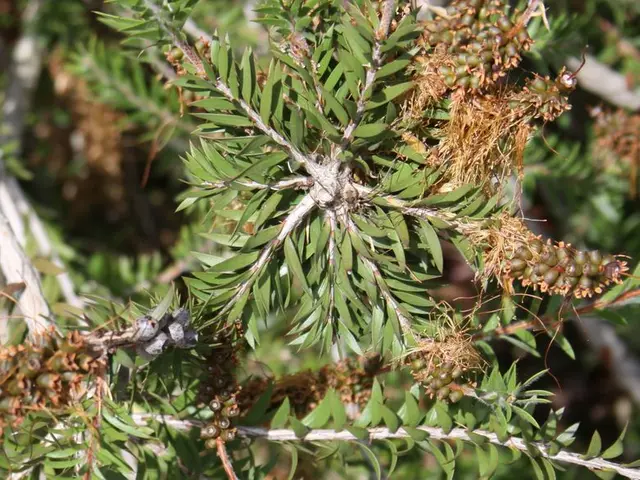The Secret to Successful Potato Harvest: All About Those Sprouts!
Lifelong Routine: An Examination
Growing spuds may seem as simple as digging a hole and dropping in some potatoes, but thousands of gardeners are left disheartened due to one blunder: choosing the wrong sprout size for planting! Here's the lowdown on sprouts - your guaranteed ticket to a potato bonanza.
Sprout Size: The Golden Ticket for Plentiful Potatoes
So, you're thinking, "How long should my sprouts be?" The answer, my gardening comrade, is 2 to 3 centimeters! Robust and thick, these well-nurtured sprouts will give you quicker greenery than those anemic, barely noticeable specimens. Definitely not the ungainly, weakened long sprouts either!
- Sprouts shorter than 1 cm? These are meant for mechanical planting, as even the strongest of these will still bend during the process.
- Sprouts between 2 to 3 cm? These powerhouses are your passport to a bountiful harvest when planting by hand. They won't break, grow rapidly, and seedlings will pop up in unison like a well-orchestrated concert!
- Sprouts longer than 5 cm? These are often bent or damaged during planting and won't produce strong plants. It's better to resist using those overgrown tubers.
The Art of Cultivating Perfect Sprouts
First things first: lay out your potatoes for sprouting 2-4 weeks before the planned planting date. Optimal temperature should hover around 15°C and exposing them to sunlight is a must to prevent those little sprouts from multiplying too rapidly. Regular inspections are key - discard any shoddy, soft or spotty potatoes without hesitation!
The Right Planting Time: Timing Is Everything
While you might be tempted to go by the calendar, pay heed to Mother Nature instead: plant when the birch leaves emerge! Aim for soil temperatures of at least +8°C, with the ground neither soaking wet nor overly dry. Potatoes with sprouts between 2 to 3 cm love a warm, moist but not soggy environment to spring to life!
Plant Layout: Know Your Spacing
- Between rows: 70-90 cm (go for the wider spaces for easier tending)
- In the row: 20-30 cm between tubers (allow more room for larger ones)
- Depth: 6-16 cm based on soil type (dig deeper for light soil and shallower for heavier soil types)
After Planting: No Water Yet!
Don't get ahead of yourself! There's enough moisture in the tubers, and dry soil is more than enough for germination. Over-watering leads to a world of problems!
In Conclusion: Success Isn't Left to Chance – Plant Wisely!
Gardening isn't a game of Russian roulette. Cultivate wisely, choose the finest seedlings, and watch your neighbors scratched heads wondering why your homegrown potatoes are always fresh while theirs are nothing but a memory of failed harvests!
- For a successful potato harvest, focus on opting for sprouts that are 2 to 3 centimeters long, as these well-nurtured sprouts will yield quicker growth and greenery compared to anemic, barely noticeable or overgrown specimens.
- To cultivate perfect sprouts, lay out your potatoes for sprouting 2-4 weeks before the planned planting date, taking care to keep them at an optimal temperature of 15°C and exposing them to sunlight to prevent excessive sprouting.
- Time your planting according to nature by planting potatoes when the birch leaves emerge, aiming for soil temperatures of at least +8°C and a soil condition that is neither too wet nor too dry.
- Follow a proper plant layout by maintaining 70-90 cm between rows, 20-30 cm between tubers, and digging 6-16 cm deep based on soil type, giving more space to larger tubers and wider spaces for easier tending.








